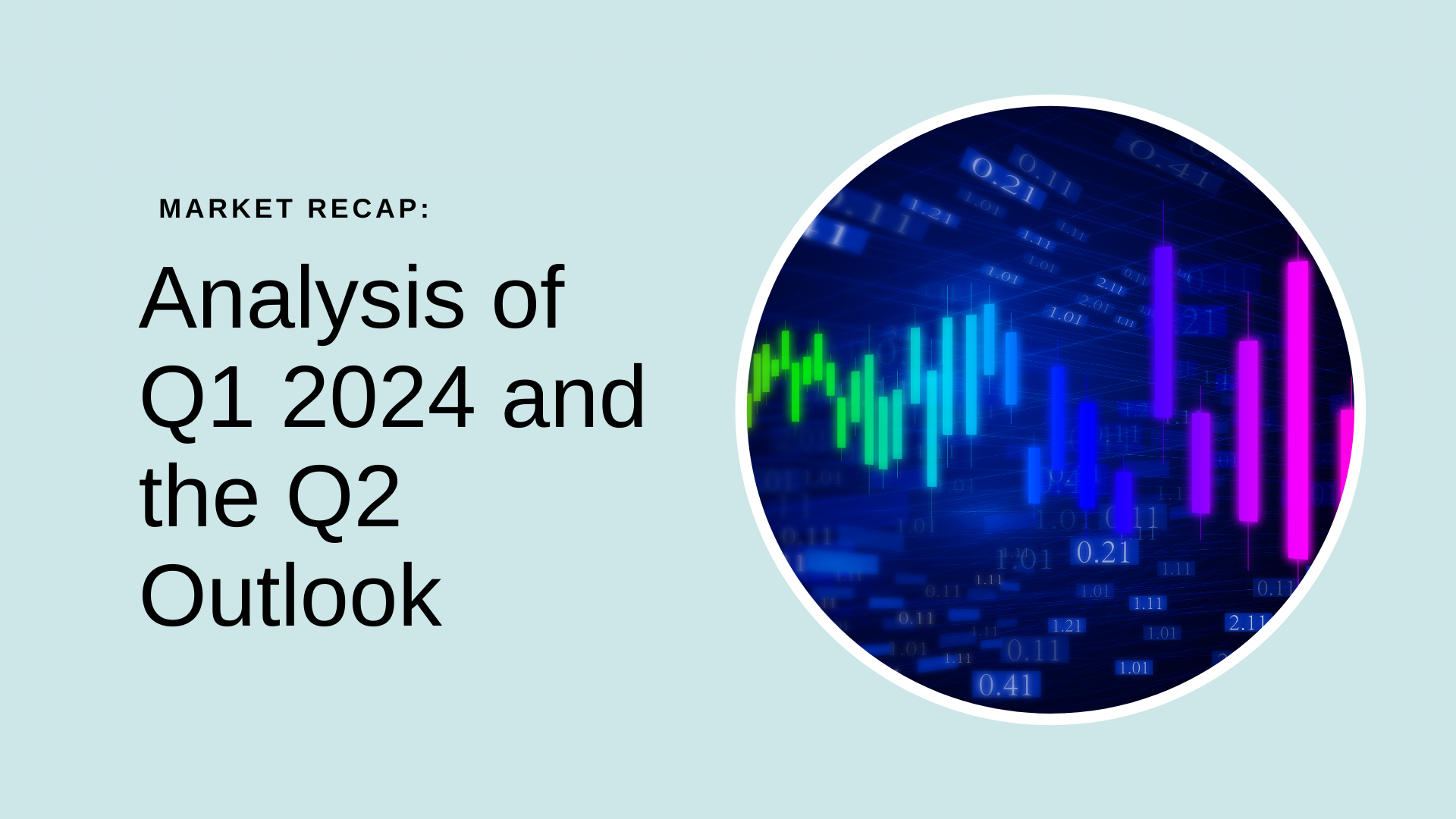In April, inflation continued to exhibit resilience, raising the possibility of prolonged higher interest rates. The core personal consumption expenditures price index rose by 0.4%. This was higher than expected and represented a year-on-year increase of 4.7%.
The prevailing concern revolves around whether we can anticipate a moderation in inflationary pressures without adversely impacting the economy. Unfortunately, considering the Federal Reserve’s track record, the outlook appears less optimistic. History is full of examples of central banks that failed to reach their goals. This often resulted in increased inflation or even stagflation.
Journey to the Present Situation
In 2021, inflation began surpassing the Federal Reserve’s target rate of 2%, leading to a series of events. Initially, the Fed described inflation as transitory and maintained low-interest rates. However, inflation persisted due to factors such as pent-up consumer demand following the relaxation of Covid measures, substantial fiscal spending, disruptions in global supply chains, and wage pressures resulting from a labor shortage.
Despite efforts to curb inflation through record-paced interest rate increases in 2022-23, the impact on core inflation fell short of expectations. Interestingly, the economy experienced a slowdown, while core inflation accelerated during the first quarter of this year. This presents a complex challenge for policymakers and underscores the difficulty in taming inflationary pressures.
For now, inflation is here to stay
The inflation data for the first half of this year suggests that inflation has become sticky, which could pose a major challenge to policymakers.
Previously, inflation was mostly driven by the product markets such as commodities, food, oil, and gas. However, as inflation entrenches into the system it will now mostly be driven by the service market. The service sector contributes to 78% of the US GDP and 80% of the employment.
Major employers such as Amazon and Walmart have already announced increased wages for the majority of their employees. According to NELP, a total of 27 states and 59 cities and counties – a record 86 jurisdictions – will increase their base pay sometime in 2023.
It is a phenomenon that occurring across the globe. UK public sector workers have taken industrial action over pay and Germany’s public sector unions are also calling strikes. In Hungary and Poland, wage growth has reached double digits. Japan’s wages grew by 4% from 1990 to 2019 and are already up 4% in just the last year.
What lies ahead for the US Economy
Headline inflation rates are expected to decline significantly in the coming months due to lower gas prices and the moderating impact of higher borrowing costs on demand. However, despite these trends, many workers have experienced a decline in their living standards as their pay settlements have failed to keep pace with inflation. While wage gains are desired, there is a concern that if they perpetuate high inflation, it could lead to a phenomenon known as “wage-price persistence.”
In this scenario, a robust job market empowers service sector workers to demand higher wages, allowing companies to pass on the increased costs to households that are supported by high employment rates and government assistance.
If wages were to experience growth of 4 or 5 percent, it might still be considered too substantial for the Federal Reserve to effectively bring inflation back to their targeted rate of 2 percent. This is due to the lack of notable improvements in workers’ productivity thus far.
Raising interest rates is typically the standard approach to address these pressures, as it can restrain economic growth, leading workers to become apprehensive about job losses and companies to hesitate in raising prices further.
The likely consequence of the current scenario would be the Fed maintaining high rates for this year or even raising interest rates by an additional 50 basis points, potentially pushing rates to levels that could induce a recession. This scenario could result in a hard landing with a spike in unemployment rates and an economic downturn for a significant portion of the next 1-2 years.
Another plausible scenario is the Federal Reserve stumbling as it faces a critical juncture when the unemployment rates rise and the backlash to their actions in addressing inflation intensifies. The fact that it is an election year further amplifies these sentiments, with politicians being motivated to assign blame elsewhere.
As a result, the Fed will prioritize supporting the economy over combating inflation by lowering interest rates. This shift could lead to stagflation—an intricate and challenging economic condition combining high inflation and stagnant growth. Recovering from stagflation typically requires a significant amount of time, potentially spanning several years.
Currently, central banks do not confront a situation akin to the “wage-price spiral” experienced in the United States during the 1970s. During that period, employees consistently secured substantial pay raises that exceeded the rate of inflation, thereby fueling further price increases. The arrival of Paul Volcker at the US Federal Reserve marked a shift in the monetary regime. Volcker implemented measures to combat inflation, albeit at the expense of triggering a deep recession.
While it is improbable that we will witness such extreme measures as those undertaken during the 1970s in our lifetime, the current economic situation suggests that there may still be a considerable journey ahead before reaching the end of the tunnel. However, it is important to recognize that these challenges and cycles are inherent to the economic system.
Despite the long road ahead, it is reasonable to expect that eventually, a new beginning will emerge, signaling a transition to a different phase of the economic cycle.
As a result, diversification and strategic asset allocation become key to building resilient portfolios.
At Alphanso, we leverage the power of AI to conduct extensive market analysis, enabling us to offer you stock recommendations that align with optimal asset allocation strategies. Take advantage of these benefits and begin your journey with us for free through our website or by downloading or iOS or Android app.





